10 Simple Tips for Better Landscape Photography
Landscape photography is a beautiful art form that captures the natural beauty of our world. Whether you’re an amateur photographer or a seasoned professional, capturing stunning landscapes requires skill, creativity, and the right tools.
Are you tired of taking bland and boring landscape photos? Do you want to take your photography to the next level? Then you need to read on!
Landscape photography is all about capturing the beauty and grandeur of nature. To take truly stunning landscape photos, it’s important to understand the key elements that make a great photo. Light, composition, and perspective are just a few of the elements you’ll need to master in order to create breathtaking images that stand out from the crowd.
Imagine being able to capture the beauty of a sunrise over a mountain range, the tranquility of a misty forest, or the power of a thundering waterfall. By mastering the art of landscape photography, you’ll have the skills and knowledge you need to create stunning images that will take your breath away.
Whether you’re a professional photographer looking to take your work to the next level or an amateur looking to improve your skills, landscape photography is a rewarding and fulfilling art form that will bring you joy and satisfaction.
So what are you waiting for? Start exploring the world of landscape photography today! Invest in high-quality gear, study the techniques of the masters, and practice, practice, practice.
With dedication and a passion for capturing the beauty of the natural world, you’ll soon be taking stunning landscape photos that you’ll be proud to share with the world.
Here are 10 Simple Tips For Better Landscape Photography:
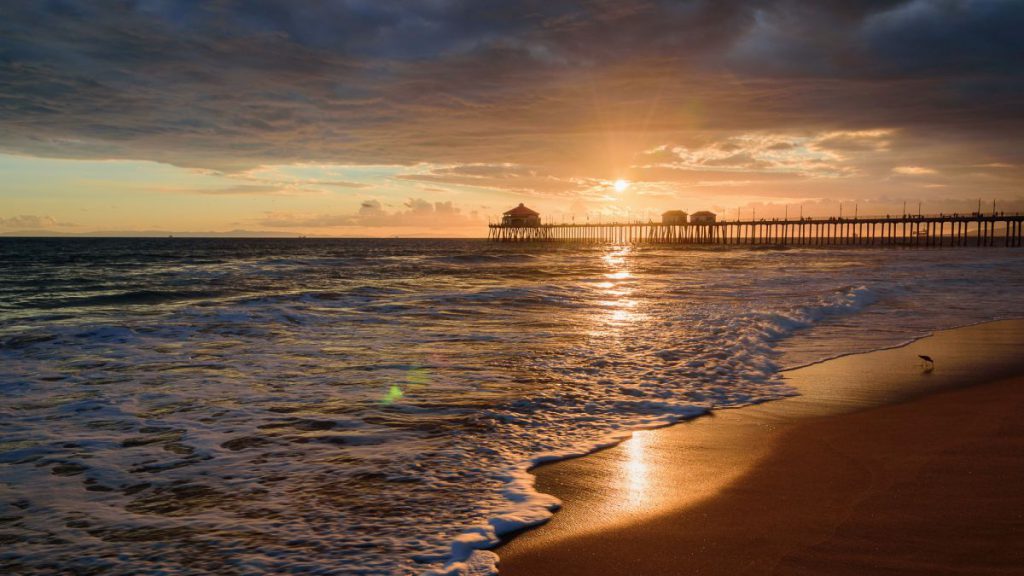
1. Good light:
Good light is crucial for taking stunning landscape photos. The quality of light can make or break an image, and can greatly influence the mood and atmosphere of a scene.
One of the best times to take landscape photos is during the golden hour, which is the hour before sunrise and the hour after sunset.
During this time, the light is warm and soft, creating a beautiful and natural glow that enhances the colors and texture of the landscape.
Golden hour light is particularly suitable for landscape photography because it provides a warm and flattering light that accentuates the details and depth of the scene.
Shadows are longer, and the warm light creates a soft and inviting atmosphere. This is especially important for landscapes with vibrant colors, as the warm light helps to enhance the saturation and vibrancy of the hues.
In contrast, bright and harsh light, such as that found during the middle of the day, can wash out the details and create harsh shadows that detract from the overall quality of the image.
Similarly, overcast or cloudy days can produce flat and dull light that lacks contrast and depth.
To make the most of the good light, it’s important to plan your shoots in advance and be ready to take advantage of the golden hour.
This may mean setting an alarm to get up early or staying out late, but the results are well worth the effort.
With the right light, your landscape photos will come to life, capturing the beauty and majesty of the natural world.
2. Tripod use:
The use of a tripod in landscape photography is essential for achieving sharp and stable images. Tripods are especially important in low-light situations or when using long exposures, as even the slightest movement can result in blurry or unsteady shots.
A tripod provides a solid and steady platform for your camera, allowing you to take sharp and clear photos without having to worry about camera shake or movement.
In addition to stability, tripods also offer a number of other benefits. For example, they allow you to precisely control the composition of your shots, making it easier to align and balance elements in the scene.
Tripods also give you the freedom to take your time and make adjustments to your camera, such as adjusting the focus or adjusting the aperture, without having to worry about stability.
When choosing a tripod for landscape photography, it’s important to look for one that is sturdy and reliable, with adjustable legs and a ball head for easy and precise adjustments.
Tripods with center columns that can be inverted or removed are also ideal for low-angle shots, giving you greater flexibility and creative control over your compositions.
Overall, the use of a tripod is a key aspect of landscape photography, providing the stability and control necessary for capturing sharp and stunning images.
Whether you’re an amateur or a professional, a tripod is an investment that will pay off in the form of better and more consistent results.
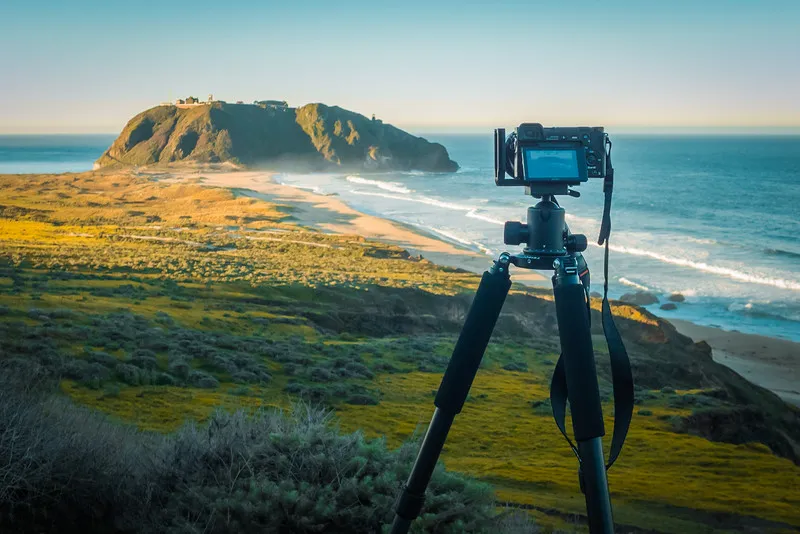
3. Unique perspective:
A unique perspective is an important aspect of landscape photography, as it allows you to capture a scene in a way that is fresh and different from the typical view.
By changing your perspective, you can create images that are more visually interesting, dramatic, and eye-catching.
There are several ways to achieve a unique perspective in landscape photography. For example, you can try shooting from a low angle, which can help to add depth and create a sense of scale in the scene.
Similarly, you can shoot from a high angle, which can give you a bird’s-eye view of the landscape and provide a different perspective on the surrounding environment.
Another way to achieve a unique perspective is to change your angle of view. Instead of shooting straight ahead, try shooting from an angle, such as from the side or from above.
This can add interest and visual appeal to your images, as it breaks away from the typical view and provides a fresh perspective.
Finally, you can experiment with different focal lengths to create a unique perspective. Using a wide-angle lens, for example, can help to capture the grandeur and scale of a landscape, while a telephoto lens can isolate specific elements in the scene and provide a different view of the environment.
In conclusion, by incorporating a unique perspective into your landscape photography, you can create images that are more visually interesting and impactful.
Whether you’re using a different angle, focal length, or height, a unique perspective will help you to stand out from the crowd and capture breathtaking images that capture the beauty of the natural world.
4. Leading lines:
Leading lines are an important compositional element in landscape photography. They help to lead the viewer’s eye into the image and can help to create a sense of depth.
Leading lines can be anything from roads, rivers, fences, paths, or even the horizon line. They can be vertical, horizontal, or diagonal and help to draw the viewer’s attention to the main subject of the photograph.
When incorporating leading lines into your landscape photography, it is important to think about how they interact with the other elements in your frame.
For example, if you have a winding path leading into the frame, it may be beneficial to position the path in a way that creates a triangular shape with the horizon line and another element in the scene.
This creates a sense of balance and can give the image a sense of depth. Leading lines can also be used to create a sense of movement in your landscape photography.
If you have a road that leads into the distance, you can use the road to create the illusion of movement in the image. This can be especially effective if you position the road in a way that leads the viewer’s eye to a certain focal point in the image.
Finally, leading lines can be used to highlight a certain element in the frame. For example, if you have a winding river that leads into the horizon, you can use it to draw the viewer’s eye to the river and emphasize its importance in the image.
Leading lines are a great way to add interest to your landscape photography and can help to create a sense of depth and movement in your images.
By incorporating leading lines into your landscape photography, you can create an image that is compelling and visually engaging.


5. Foreground interest:
Landscape photography is a genre of photography that captures the beauty of the natural world. It focuses on the grandeur of nature, from mountains and valleys to rivers and forests.
Foreground interest can be a powerful tool for landscape photographers to add a sense of depth to their images.
Foreground interest can include rocks, logs, plants, and other objects that are close to the lens and can draw the viewer’s eye into the image.
This can create a stronger connection between the landscape and the viewer, making the image more engaging.
Foreground interest can also be used to create an interesting composition. By carefully placing foreground elements, the photographer can create a sense of depth and visual interest in the image.
By placing elements in the foreground, the photographer can create a sense of movement and depth in the image.
Foreground interest can be used to create a sense of scale in the image.
By including elements in the foreground, the photographer can create a sense of perspective and size in the image. This can be used to add drama and impact to the image.
Ultimately, foreground interest can be used to create a more engaging and dynamic image.
By carefully placing foreground elements, the photographer can create a sense of depth and movement in the image, drawing the viewer’s eye into the image and creating a stronger connection with the landscape.
6. Avoid the sun:
Landscape photography is a great way to capture the beauty of nature, but it can also be a dangerous activity if proper precautions are not taken.
One of the biggest dangers when shooting outdoors is the sun, which can not only be harmful to your eyes but can also cause overexposure, washed-out colors, and other unwanted effects in your photos.
To protect yourself, and your photos, it is important to avoid the sun when shooting landscape photography.
One of the best ways to avoid the sun is to shoot during the golden hours, which are the two hours after sunrise and before sunset. This is when the light is softer and more even, which helps create softer, more natural-looking photos.
It is also important to be aware of the position of the sun throughout the day and to plan your shots accordingly.
Try to position yourself so that the sun is not directly in your shot, or behind you so that the sun and its bright light will not be in your photos.
When shooting in the middle of the day, use shadows to your advantage. Look for areas that have dense tree canopies, tall buildings, or rock formations that will block the harsh, direct sunlight and create softer, more even lighting.
If you are shooting in an open area, consider using a diffuser or other light modifier to soften the light, or a reflector to bounce light back into the shadows.
Finally, it is important to protect yourself from the sun’s harmful rays. Wear a hat and sunglasses to protect your eyes and face, and consider using sunscreen to protect your skin.
Remember, the sun can be a powerful and dangerous force, but with a few simple precautions, you can ensure that your landscape photography is safe and successful.
7. Rule of thirds:
The Rule of Thirds is a compositional technique used in landscape photography that divides the frame into a 3x3 grid of equal parts.
This grid helps photographers better position the main elements of the scene, creating a more aesthetically pleasing and balanced image.
By placing the horizon along one of the two horizontal lines, or the main subject along one of the two vertical lines, the photo is more likely to have an attractive and natural composition.
The Rule of Thirds also encourages photographers to break from traditional and mundane compositions, allowing them to be more creative with their shots.
Additionally, it allows for better placement of the primary subject matter and can lead to better storytelling in the image.
When used correctly, the Rule of Thirds can add a touch of drama and beauty to a landscape photograph.
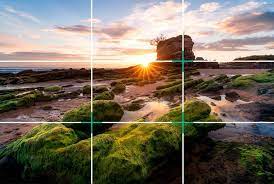
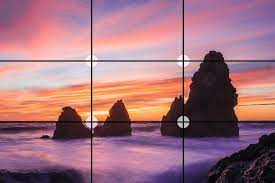
8. Sky focus:
Sky focus in landscape photography is a technique that emphasizes the sky in a composition. This type of photography is often used to create a dramatic and powerful effect, as the sky can be a powerful element in a landscape.
Sky focus photography can be achieved by using a wide-angle lens and shooting with a low aperture to blur the foreground elements and draw attention to the sky. This technique can be used to capture beautiful sunsets, sunrises, and dramatic cloud formations.
Additionally, sky focus can be used to emphasize the contrast between the sky and the landscape, or to create a sense of depth in the composition.
When shooting with sky focus, it is important to consider the light and the time of day, as well as the composition of the landscape, to ensure that the sky is the focus of the image.
9. Use neutral density filters:
Neutral density filters are an essential tool for landscape photographers. They are used to reduce the amount of light entering the lens, allowing the photographer to achieve a longer exposure time.
This is useful when photographing scenes with moving elements, such as water, clouds, or people. It also allows the photographer to capture the subtle nuances of light and color that can be lost when using a faster shutter speed.
Neutral density filters come in a variety of strengths, from one to ten stops of light reduction. A one-stop filter will reduce the amount of light entering the lens by half, while a ten-stop filter will reduce it by ten times.
The strength of the filter will depend on the type of scene the photographer is shooting and the desired effect. When using a neutral density filter, it is important to ensure that the filter is correctly aligned with the lens. If the filter is not properly aligned, it can cause color casts and vignettes.
Additionally, it is important to use a tripod when using neutral density filters, as any movement will cause the image to be blurry.
Neutral density filters are an invaluable tool for landscape photographers, allowing them to capture scenes with motion, capture subtle light and color, and create dramatic images.
With proper use, they can help photographers create stunning images.
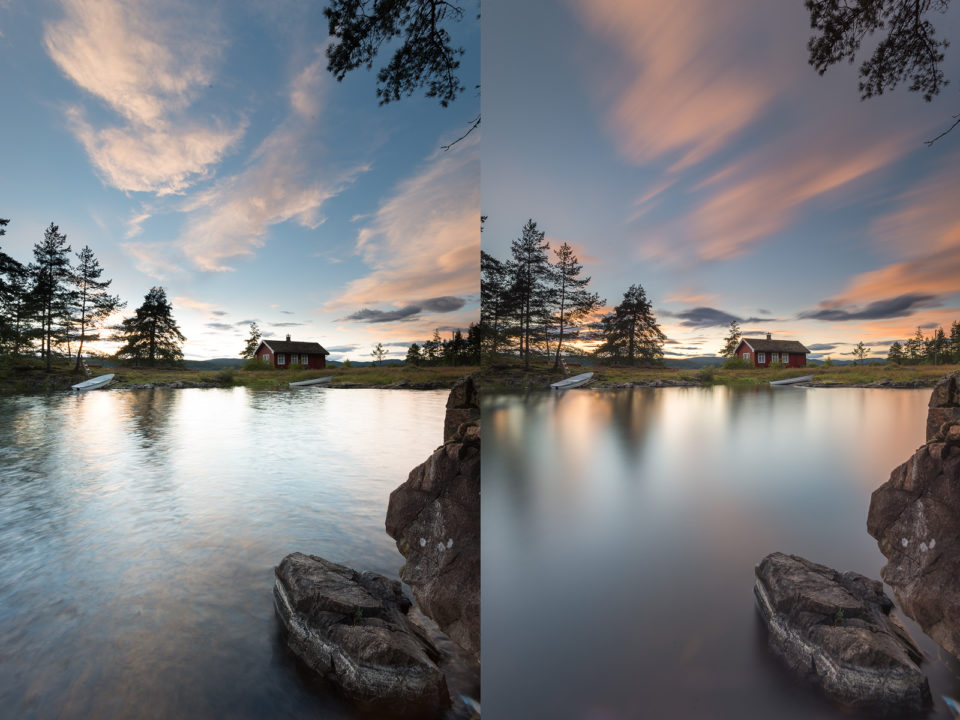
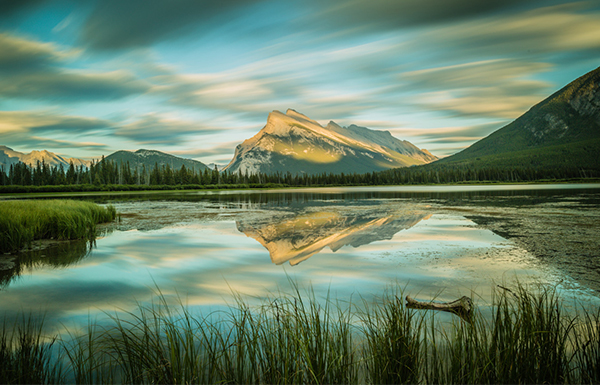
10. Edit with intention:
Edit with intention is an important concept in landscape photography. It involves taking the time to carefully consider the elements of a photo and how they can be used to best convey the desired message or emotion.
This includes considering the lighting, composition, color, and other elements that go into creating a successful landscape photo. By taking the time to edit with intention, photographers can ensure that their photos have the greatest impact and are more likely to be successful.
When editing with intention in landscape photography, it is important to consider the overall composition of the photo. This includes the placement of the horizon, the balance of the elements, and the rule of thirds.
Taking the time to carefully consider these elements can help to create a more visually appealing image.
Additionally, it is important to consider the lighting of the scene. The light can be used to create a mood and can help to bring out the best in the scene.
Finally, when editing with intention in landscape photography, it is important to consider the colors of the scene. Taking the time to carefully consider the colors of the scene can help to create a more vibrant and engaging photo.
Additionally, it is important to consider any post-processing techniques that can help to enhance the photo. This can include techniques such as dodging and burning or color grading. In conclusion, editing with intention is an important concept in landscape photography.
By taking the time to carefully consider the elements of the photo and how they can be used to best convey the desired message or emotion, photographers can ensure that their photos have the greatest impact and are more likely to be successful.
You may also Like:

Top 10 Tips of Pro level smartphone photography : Turn Your Smartphone Into a Pro Camera
Top 10 Tips of Pro level smartphone photography : Turn Your Smartphone Into a Pro Camera

Breaking Down Camera Settings: A Guide to Shooting in Manual Mode
Breaking Down Camera Settings: A Guide to Shooting in Manual Mode

24 Photography Tips for Beginners in 2024 - Happy Shooting!!
24 Photography Tips for Beginners in 2024 - Happy Shooting!!
